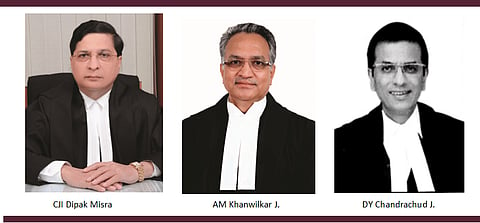
- Latest Legal News
- News
- Dealstreet
- Viewpoint
- Columns
- Interviews
- Law School
- Legal Jobs
- हिंदी
- ಕನ್ನಡ

The judgment of the Supreme Court in Rajesh Sharma v. Union of India, in which it had laid down safeguards to prevent the misuse of Section 498A of the Indian Penal Code, could soon be overturned by a larger Bench.